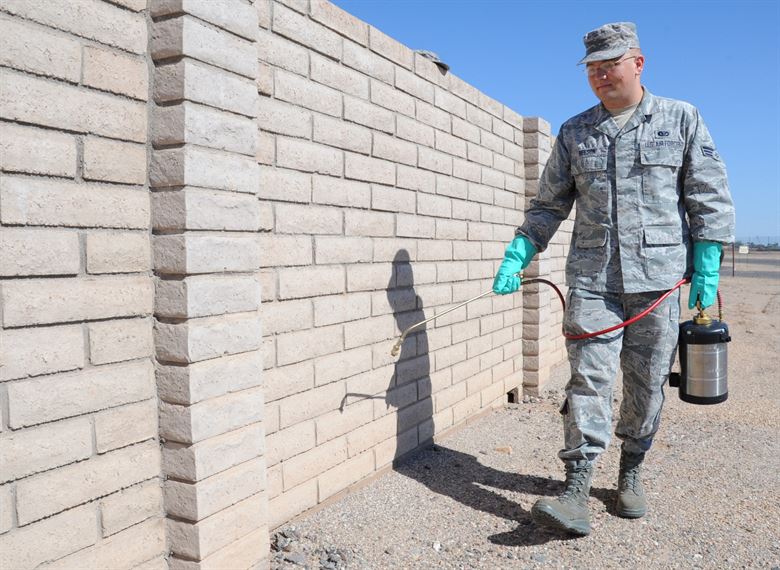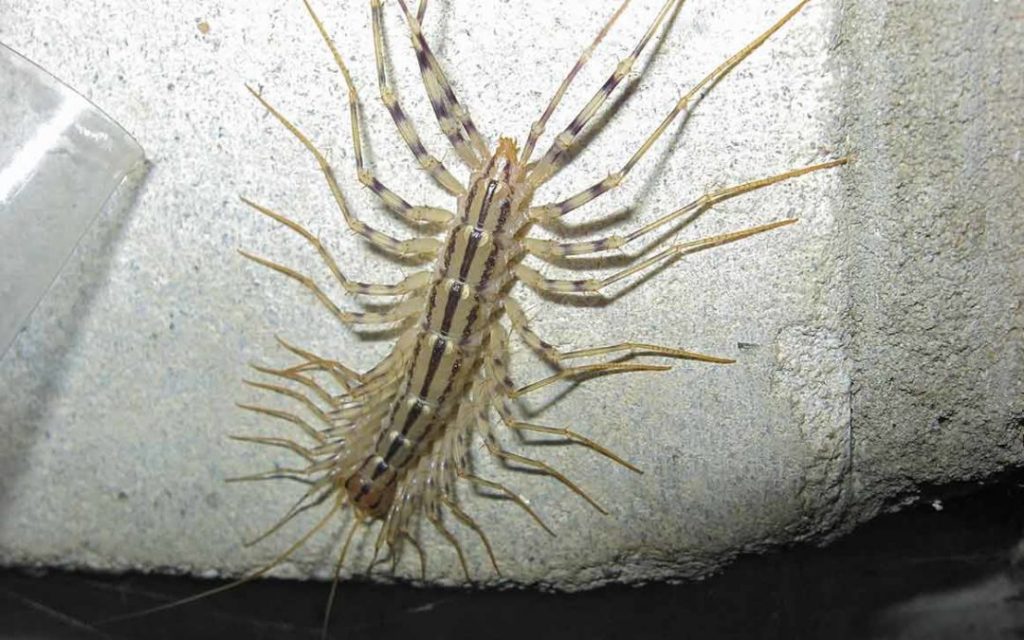How to Spot and Prevent Bedbug Infestation
Bed bugs
Even the word can make your skin crawl! What are the signs of an infestation and how can you prevent them?
Bed bugs are small insects that feed on the blood of animals. They go through several stages of life, starting with an egg, which is about 1mm long, which can be translucent to pale white in colour. Nymphs hatch from the eggs and can appear clear (although they turn red when they’ve fed) and are lighter in colour than adults. They range in size from a pin head to about a ¼” in size, depending on how mature they are. Mature bed bugs are a darker colour (some describe them as “rust coloured”) and remain flat in shape until they fill with blood.

Here are some signs that you may have an infestation;
- Blood on your pillowcases, mattress, sheet or walls, or even on your pajamas. Sometimes after a bedbug has fed it can get trapped between the bed and your body, resulting in it getting crushed. The more restless a sleeper you are, the more likely you’ll roll onto one and see these stains as a result. You may even see the squished bedbug itself.
- Rust or dark stains on your bedclothes, mattress, walls or even your furniture. Brace yourself! These are signs of bedbug fecal matter; you’ll see the stains left behind or the feces.
- You may see a bedbug. Typically you’ll see nymphs as these feed far more often than an adult bedbug, but you may see one in any stage of life. When they’re not feeding, the bugs tend to hide, and because they’re flat, they can get into seemingly impossible spaces.
- Red welts or bite marks, usually on arms and shoulders. Unlike most other bugs, bedbugs leave a straight line of bites on your skin. The bites may burn or itch and you may develop a rash around the area.
- Because bed bugs shed their skin up to 5 times before reaching adulthood, your first sign of an infestation might be the skin casings.
- You might smell them before you see them, although this is normally only evident when the infestation is a larger one. The smell is sickly sweet, reminiscent of over-ripe fruit.

If you’re suspicious that you’re playing host to these creatures, it’s best to do a thorough investigation. Here’s how;
For Beds
- Bed begs are mostly likely to take up residence at the head of the bed, but check the foot as well. You’ll want to first check sheets for signs of blood or fecal stains, then check the mattress for further evidence. Be aware that box springs are the #1 hiding spot so you’ll want to spend extra time with yours, and may even want to cut or remove the gauze on the bottom to take a better look. With a flashlight, make sure to inspect the corners and joints, screw holes and any other tiny space a bedbug could take up residence. You may find eggs here.
For Couches/Chairs
- First of all, remove cushions and pillows and inspect each one carefully. Zippers are a favorite place for them to lay eggs, and check piping and seams as well. Check all seams of the couch or chair on top as well as underneath. Don’t forget to pull it away from the wall and inspect the back and if possible, lay the furniture down and take a good look at the inside (similar to a box spring inspection).
Other Furniture
- You might not immediately think of checking your dresser or night stand, but bedbugs will happily take up residence in drawers or among your clothing. When checking dressers or night stands put all of your contents into a bin or bag so that bedbugs are less likely to escape and spread elsewhere. Thoroughly inspect drawers both inside and out, paying special attention to joints and corners. Check the entire piece of furniture, top to bottom.
Prevention
The first way to prevent bedbugs is to ensure you’re not bringing them home with you! After travelling, keep laundry separate and contained, and wash on the highest settings your clothing will allow. Wipe down luggage and be on the watch for the little critters or their eggs.
When buying used furniture, do a thorough inspection before it even gets through your door. Avoid used mattresses.
Vacuum beds and carpets often, and use vinyl mattress and box spring covers. Wash bedding on a high setting at least once a week, and keep bedding from touching the floor. Reduce clutter in your home.
Hiring an exterminator to both inspect and routinely treat your residence will go a long way towards keeping an infestation at bay.
For more information please see our “Pest and Rodent” page.




